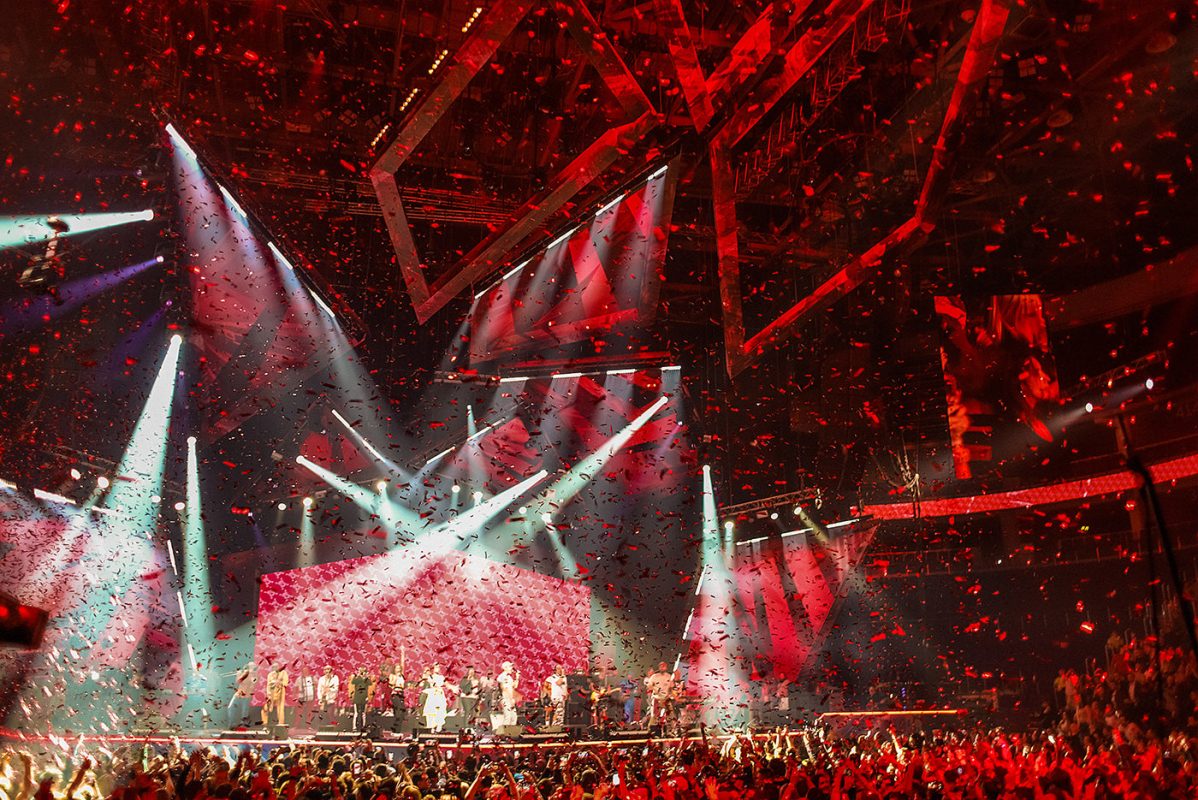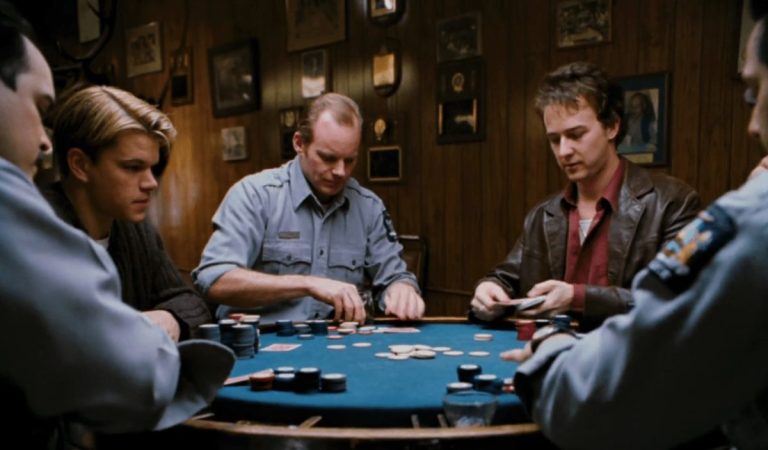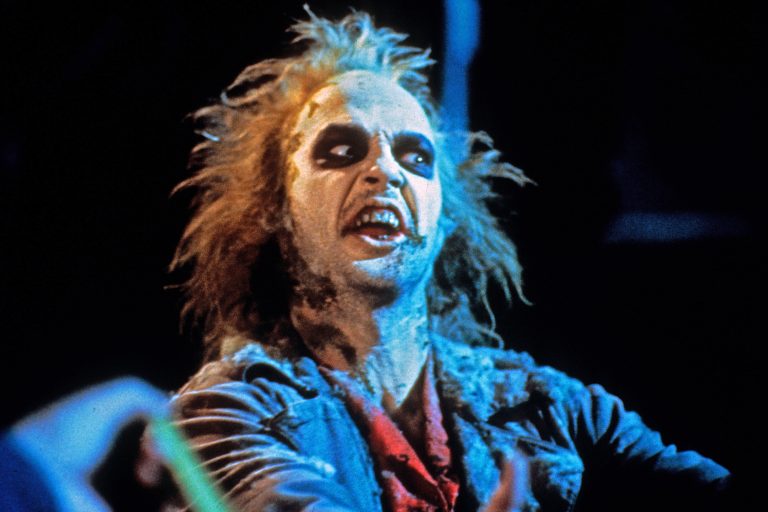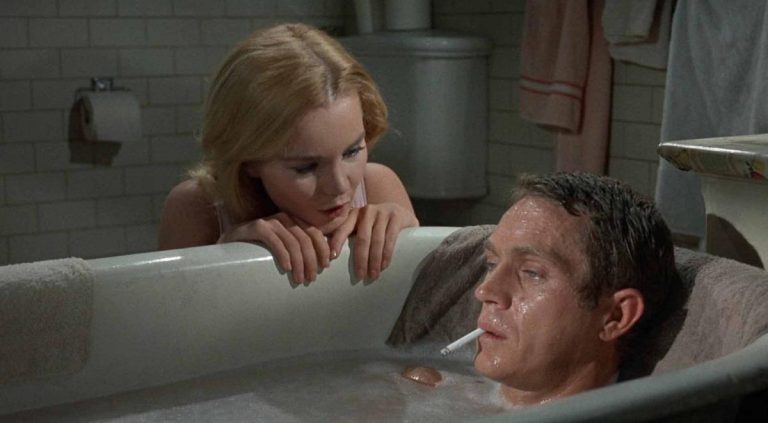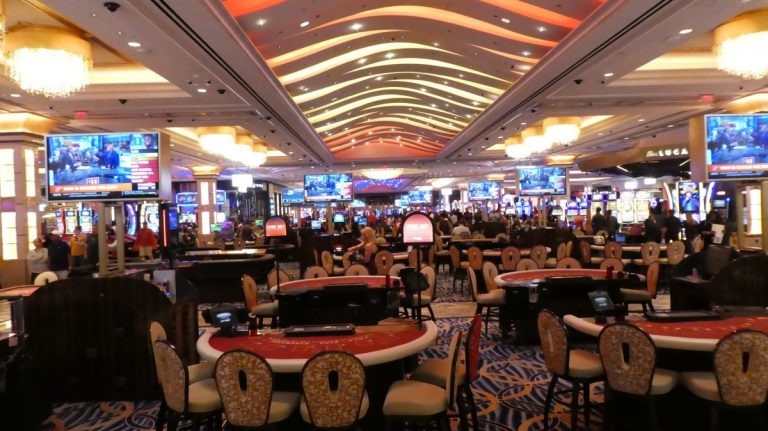Setting the Scene for a Flawless Performance
Every live show—whether it’s a concert, dance recital, or local theater event—depends on two things: the stage and the lighting. Performers bring the talent, but production design brings the magic. It’s what separates an amateur setup from a professional experience that captivates an audience.
In Los Angeles, where creative events happen daily, getting these details right is crucial. That’s why so many production managers and organizers turn to RentForEvent, a trusted partner for stage and lighting solutions designed for performance impact and safety.
The Foundation: Building the Right Stage
Think of the stage as more than a platform—it’s your storytelling space. A well-constructed stage enhances visibility, improves acoustics, and gives performers confidence. Choosing the right structure depends on the venue, audience size, and type of performance.
1. Consider Height and Size
- Small indoor shows: A stage height of 12–18 inches keeps sightlines clear without feeling distant.
- Outdoor or large venues: Aim for 24–36 inches to elevate performers above crowd level.
- Fashion shows or presentations: Long, narrow runways optimize movement and photography angles.
Always measure the audience area and ensure there’s ample space for performers to move safely while keeping pathways for staff and equipment access.
2. Stage Materials Matter
Portable aluminum decks are industry standard—they’re sturdy, modular, and weather-resistant. Carpeted surfaces reduce echo, while non-slip coatings improve dancer safety. RentForEvent uses heavy-duty stage panels built for both indoor and outdoor durability, meeting all safety compliance requirements for Los Angeles events.
Stage Layout and Safety Considerations
Safety should be your top priority, especially for public performances. Here’s what to confirm before showtime:
- Load capacity: Ensure the stage can handle the combined weight of performers, gear, and set pieces.
- Edge marking: Use glow tape or small LED strips to prevent accidental missteps.
- Cable management: Route all wires neatly beneath or behind the stage to avoid tripping hazards.
- Weather planning: For outdoor events, secure panels with anchors and check for waterproof covers.
Professional stage technicians from RentForEvent handle assembly, leveling, and inspection—so you can focus on rehearsals, not wrench sizes.
If you need a reliable, scalable setup, you can easily book a Professional stage rental in Los Angeles that includes installation, delivery, and teardown.
Designing Lighting That Supports the Story
Lighting is what transforms a plain stage into a visual experience. It directs attention, sets emotion, and enhances every performance. The key lies in balancing creativity with control.
1. Match Lighting to Performance Type
- Concerts: Use color washes and moving heads to sync with rhythm.
- Dance shows: Focus on clarity—soft edges and front lighting to show detail.
- Theater productions: Layer warm and cool tones to define mood transitions.
Dynamic lighting makes audiences feel the performance instead of just watching it. RentForEvent’s lighting designers use professional-grade fixtures that create texture, depth, and drama—without overpowering performers.
2. Layering Light for Visual Depth
Effective lighting design works in layers:
- Key light: Illuminates the main action or performer.
- Fill light: Softens shadows to maintain balance.
- Backlight: Adds separation from the background.
- Accent light: Highlights props, instruments, or logos.
Together, these layers guide focus and ensure every movement is visible. This approach is especially vital when filming or live-streaming performances.
How Stage and Lighting Work Together
Stage and lighting design aren’t separate—they’re symbiotic. A great stage becomes extraordinary when lighting interacts with it. For instance:
- A truss-mounted lighting rig can double as part of the visual design.
- Side lighting adds dimensionality to dancers and actors.
- LED uplights along the stage base make it appear to float.
That coordination between technical setup and creative direction is where RentForEvent truly excels. Their crews handle both stage and lighting rentals, ensuring perfect synchronization between height, beam angles, and power requirements.
Power, Control, and Programming
Behind every beautiful light show is a maze of control systems. Dimmers, DMX cables, and lighting consoles regulate everything from brightness to timing.
If you’re managing a live performance, always confirm:
- Adequate power circuits are available.
- Cables are safely routed and labeled.
- Backup fuses and surge protectors are in place.
Professional rental teams bring control boards pre-programmed with scenes tailored to your event type. During live sets, technicians adjust cues in real time—especially useful for concerts or dynamic performances where timing matters down to the second.
Lighting Placement for Different Venues
Each venue type brings its own challenges:
- Theaters: Use ceiling grids for overhead lighting and side fills.
- Ballrooms: Mount fixtures on truss towers for flexible angles.
- Outdoor spaces: Anchor lights on tripods or trusses with safety weights.
The Los Angeles scene is full of unique venues—from historic theaters to rooftop decks—and each requires a tailored approach. RentForEvent’s technicians assess these spaces and recommend placements that maximize coverage while minimizing glare for both live and streamed audiences.
Creating Mood Through Color
Color tells a story. Warm amber hues create intimacy; cool blues build calm; bold reds bring energy and tension. Changing palettes mid-show can mark emotional shifts without a single spoken word.
LED lighting technology makes this easy, offering endless shades at the push of a button. Use subtle gradients for sophisticated transitions, or pulsing color shifts to drive excitement during music events.
RentForEvent offers lighting rentals in Los Angeles designed specifically for performances—everything from spotlights and uplights to intelligent moving heads for professional shows.
Rehearse with Full Production
Even the best design falls short without rehearsal. Always schedule at least one full run-through with the complete stage and lighting setup. This allows performers to adapt to brightness levels, cues, and stage spacing.
During rehearsal, note any areas that appear overexposed, underlit, or cluttered with cables. Adjusting before showtime ensures perfection when the audience arrives.
Why RentForEvent Makes It Seamless
RentForEvent simplifies the complex. Instead of coordinating multiple vendors, you get a single team managing both staging and lighting design from start to finish. Their inventory includes modular stages, trusses, LED lights, and control systems—everything needed for live performances large or small.
They also provide on-site operators who stay through the event to manage cues, troubleshoot issues, and guarantee that every light, note, and step happens exactly as planned.
Final Thoughts
When performers step onto a well-lit, well-constructed stage, they feel supported—and audiences notice. Professional staging and lighting elevate not just visibility, but emotion, storytelling, and engagement.
For organizers and creative directors in Los Angeles, choosing a trusted partner like RentForEvent means transforming your performance from routine to remarkable. Whether you need a safe, durable stage rental in Los Angeles or versatile lighting rentals for live shows, the right setup ensures your production doesn’t just shine—it resonates.

